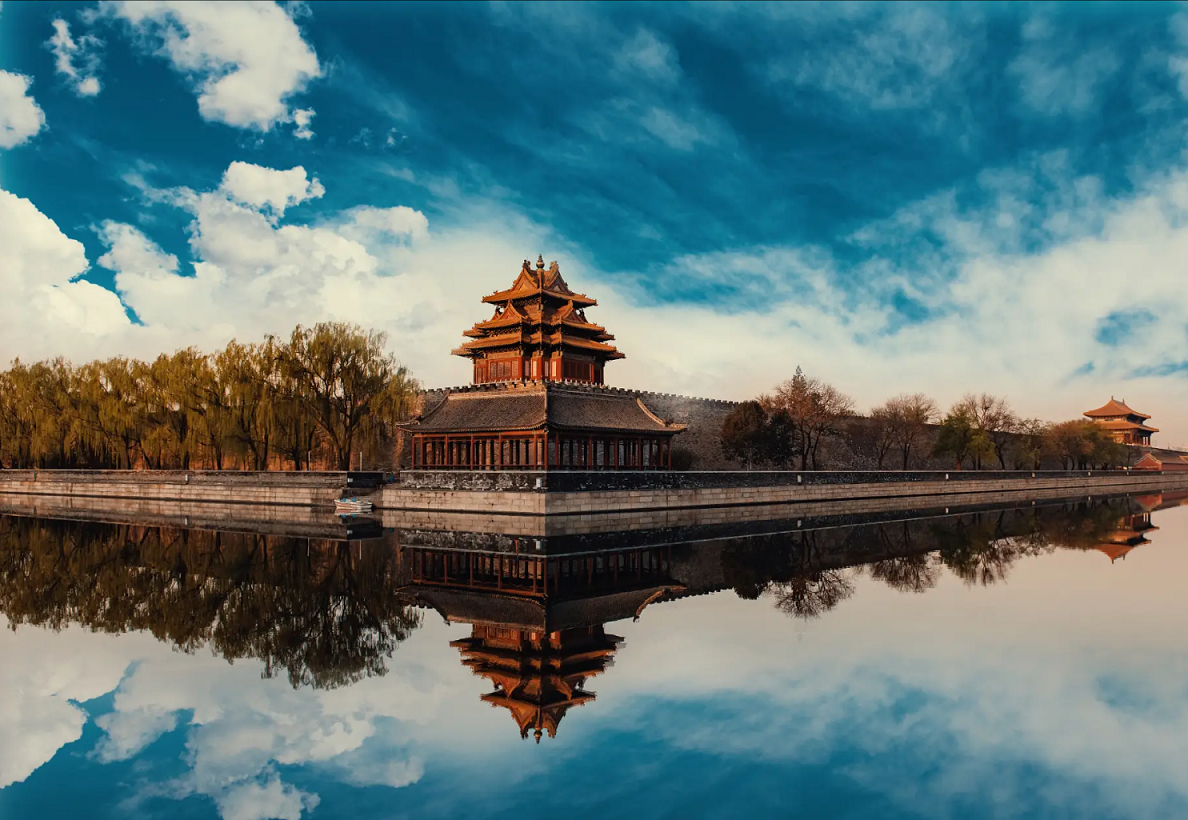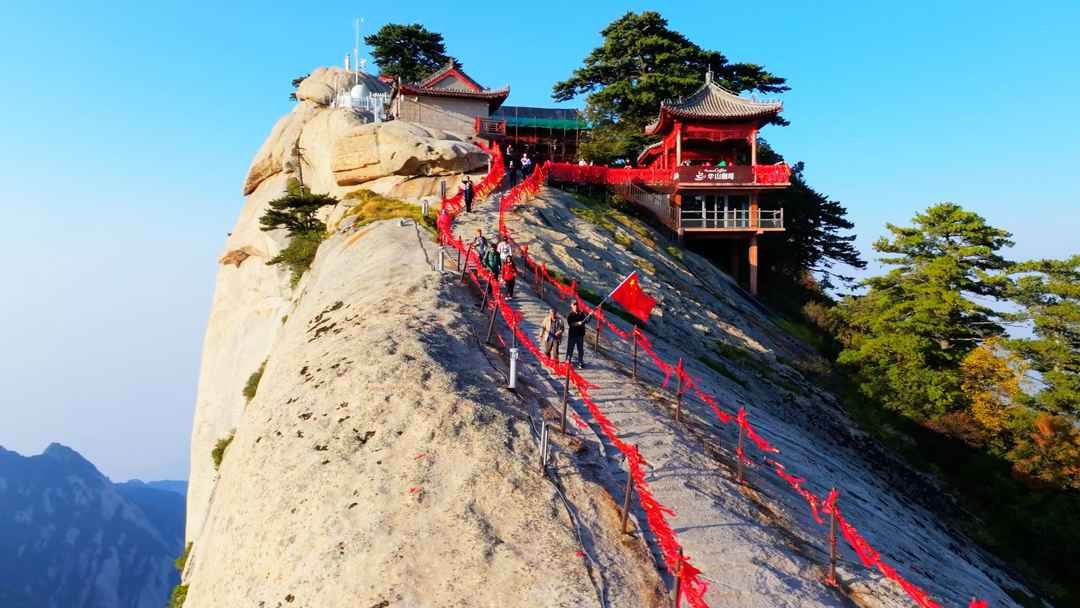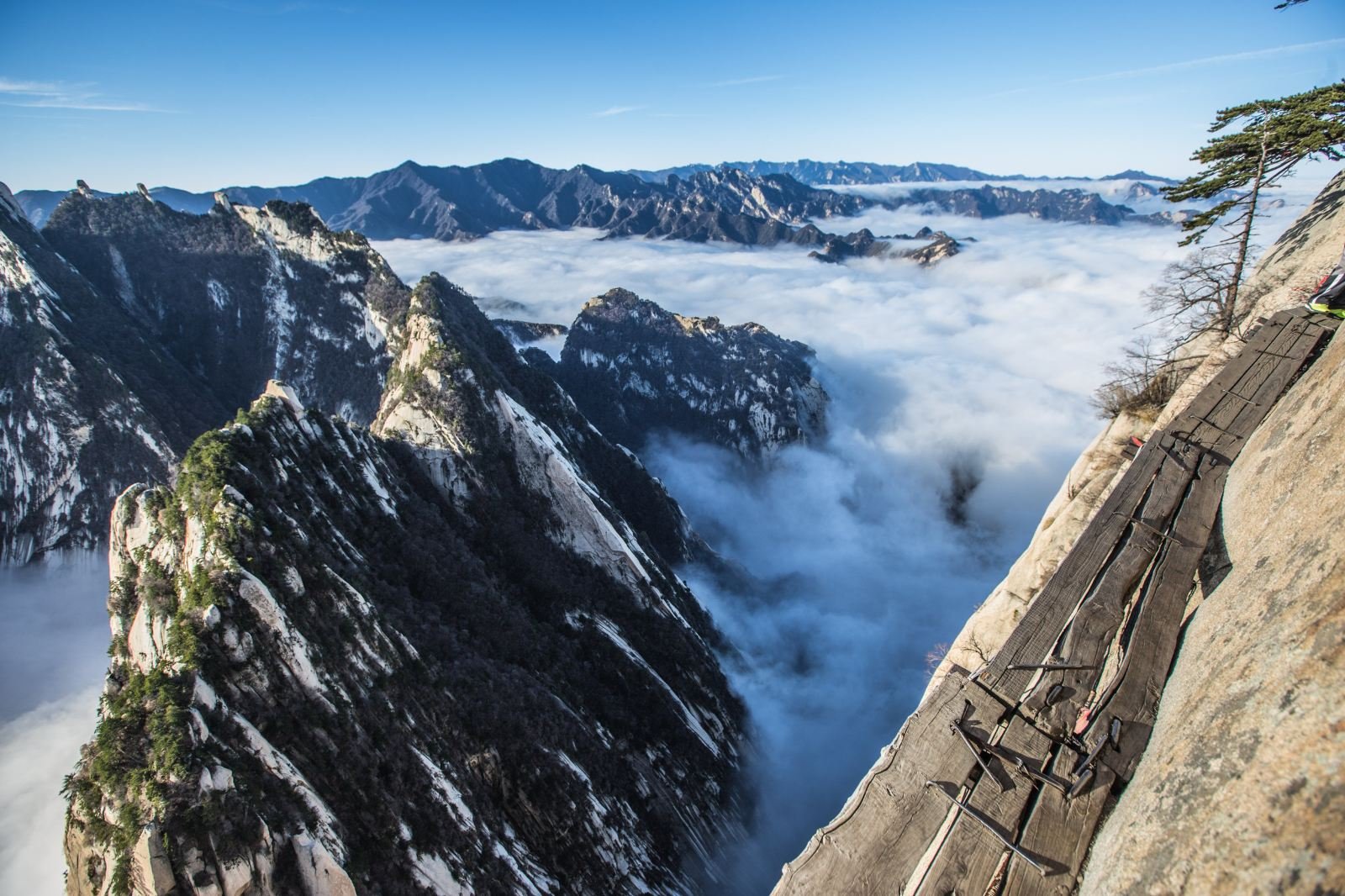1. Geographic location
Dujiangyan Scenic Spot is located in the northwestern part of Chengdu City, Sichuan Province, China, about 50 kilometres away from Chengdu city. It is situated in the upper reaches of the Min River in the western part of the Chengdu Plain, in the transition zone between the Tibetan Plateau and the Sichuan Basin, with an average altitude of about 730 metres. The scenic area is surrounded by Mount Qingcheng, Panda Valley and other attractions, forming a tourist route combining nature and humanity.
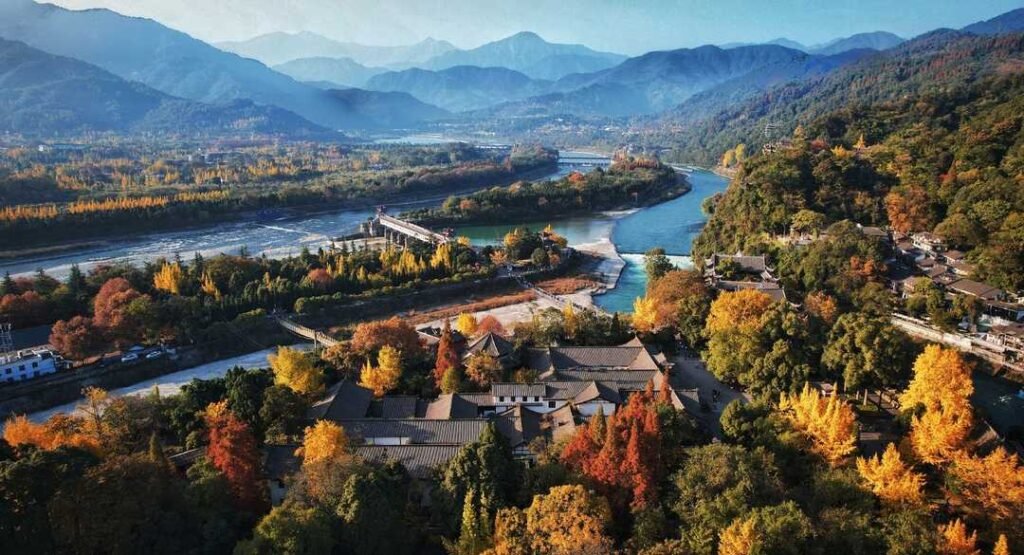
2. Mode of transport
From Chengdu
- High Speed Railway/Intercity Train:
- Take the high-speed train from Chengdu Station or Ripu Station to ‘Lidui Park Station’, the journey takes about 20-30 minutes and the ticket price is 10-15 RMB. After getting off the train, you can walk for 10 minutes to the entrance of the scenic spot.
- The buses run intensively every 10 minutes during peak hours.
- Coach:
- There are direct buses to Dujiangyan from Chengdu Cha Dianzi Bus Station and Xinnanmen Bus Station, the journey takes about 1.5 hours and the ticket price is RMB 20-25.
- Self-driving:
- Drive along Chengdu-Chongqing Expressway (G4217) for about 1 hour, navigate to ‘Dujiangyan Scenic Spot Car Park’, the parking fee is about 10 RMB/day.
- Scenic Area Through Train:
- The Wuhou Temple, Kuan-Narrow Alley and other attractions in Chengdu provide direct tour buses to the scenic spots, with fares starting from RMB 29, and the journey takes about 1.5 hours.
Internal Scenic Area Transport
- Walking: the core attractions are concentrated, and a walking tour takes about 3-4 hours.
- Battery car: Battery car service is available in the scenic area (RMB 15 for one way), connecting the remote attractions such as Fish Mouth and Feishayan.
3. Introduction to Attractions
Core Water Conservancy Project
- Yuzhui Water Dividing Embankment:
- This is Dujiangyan’s most famous water diversion project, shaped like a fish’s mouth, dividing the Minjiang River into the Inner and Outer Rivers. The inner river is used for irrigation, while the outer river is used for flood control.
- Scientific Principle: Using the law of curved water flow, the surface water with less sand content is introduced into the inner river, and the bottom water is discharged to the outer river, realising the ‘four-six flood diversion, two-eight sand discharge’. 2.
- Flying Sand Weir:
- Located at the downstream of the fish mouth, it is a key facility for flood discharge and sand removal. When the volume of water in the inner river is too large, the excess water and sand will be automatically discharged into the outer river through the flying sand weir.
- Unique Design: The height of the weir works in conjunction with the Baobuaikou to ensure that the Chengdu Plain is protected from the threat of flooding.
- Baobingkou:
- An artificially excavated narrow pass, only 20 metres wide, to control the amount of water entering the Chengdu Plain.
- HISTORICAL SIGNIFICANCE: It took Li Bing 8 years to chisel through Mount Yubi, the toughest part of the Dujiangyan project.
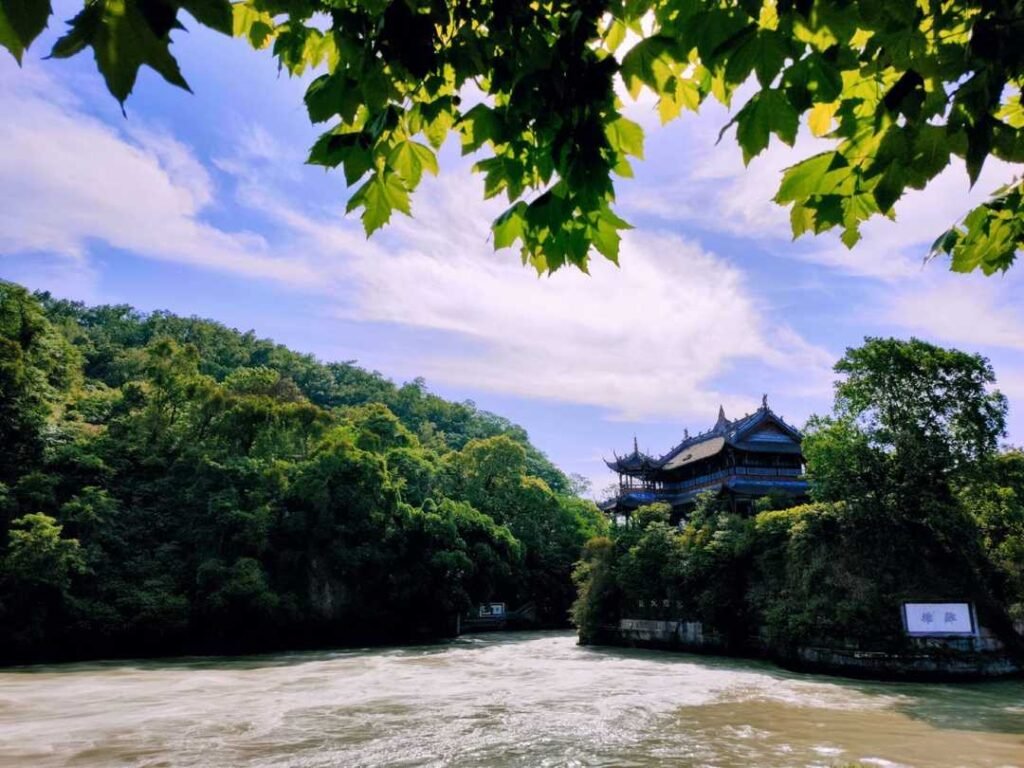
Cultural Attractions
- The Temple of Two Kings:
- Built to commemorate Li Bing and his son, the temple contains murals from the Qing Dynasty and stone carvings of Li Bing’s water-rule mnemonics (such as ‘Deeply Amassing the Beach, Lowly Making a Weir’).
- Architectural Characteristics: A cluster of red temples built on the mountain overlooking the entire Dujiangyan Water Conservancy Project. 2. Fulongguan*: A temple built on the mountain.
- Fulongguan:
- Located in Lidui Park, it displays the stone statue of Li Bing from the Eastern Han Dynasty and the cultural relic ‘Flying Dragon Tripod’ from the Tang Dynasty.
- Viewing Platform: The top floor overlooks Baobuikou and Minjiang River Gorge.
- Anlan Cable Bridge:
- An ancient suspension bridge spanning the inner and outer rivers, with a total length of 240 metres, is known as one of the ‘Five Great Bridges of Ancient China’. Walking on the bridge, you can feel the magnificence of the Minjiang River.
- Qingxi Garden:
- A classical garden in the style of Sichuan and Western China, with hundreds of peculiarly shaped bonsai and thousand-year-old trees, suitable for taking photos and resting.
Interactive experience
- Water Release Festival Performance (April every year): Recreate the ancient sacrificial ceremony, with actors in traditional costumes demonstrating the process of opening the gates and releasing water.
- Night Tour of Dujiangyan: the water conservancy project is lit up by a summer light show, with the best viewing spots being the South Bridge and the Yubi Pavilion.
4. Summary of Attractions
Why is it worth a visit?
- Living World Heritage Site:
- Dujiangyan is the only damless water diversion water conservancy project still in use in the world, continuously irrigating the Chengdu Plain for more than 2,260 years.
- A perfect combination of science and nature:
- The project makes use of the topography and water flow pattern to automatically divert water and remove sand without the need for a dam, which is called ‘the pinnacle of ancient water conservancy technology’ by the United Nations.
- Diversified Experience:
- Suitable for visitors who enjoy history, architecture and natural scenery, and can also arrange parent-child studies (e.g. observing the principles of water conservancy).
Practical Advice.
- Tickets & Hours:
- Adult ticket 80 RMB, student ticket 40 RMB, free for seniors over 60.
- Opening hours: 8:00-18:00 from March to November; 8:00-17:30 from December to February.
- Best Season:
- April-October the climate is pleasant, July-August you can visit Qingcheng Mountain on the way to avoid the summer heat.
- Precautions:
- Wear non-slip shoes, some of the trails are steep; there are fewer meals in the scenic area, so it is recommended to bring your own snacks.
Conclusion.
Dujiangyan is not only an engineering miracle, but also a model of harmonious coexistence between mankind and nature. Standing beside the Yuzui embankment and watching the river flow, you will understand why it is known as the ‘Source of Life in the Land of Heaven’.

